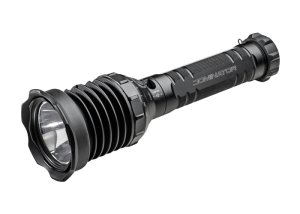
How to Choose A Hand-Held Light
Whether you're an everyday man, a handyman, a policeman, or a military man – or woman – a high-quality light (or torch) should be a go-to part of your gear lineup. Given the fact that darkness consumes between one-third and one-half of the entire day, having quick access to light can be crucial, even lifesaving. Just think about how often you may use a flashlight at home for everyday tasks: power outages, scouring the attic, working in the garage, you name it. These situations may not be life and death, but when it comes to tactical use a proper flashlight is more than just a tool for light. Today, flashlights are more than a tool, but an extension to one's self-defense kit. Hand-held lights have the capability to blind, break glass, pierce skin, maim, and otherwise deter a combatant.
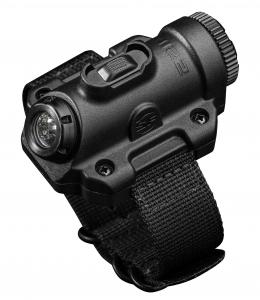
How to Choose a Hands-Free Light
There are times and situations where a flashlight just doesn't cut it. Every time you're using a flashlight, you're multitasking. That means you're using your free hand to do something else and you'd rather have both hands freed up to focus on the task at hand. It could be the difference between life and death, on whether or not you can protect yourself, on finding your way or staying stuck, or just a matter of convenience. There are situations where you just need both hands to deal with a perp, set up your gear, or manage the everyday tasks made more difficult under the cover of darkness, even if it's just fixing a flat.
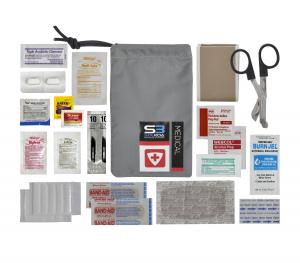
Emergency Outdoors Medicine and Rescue
Whenever you head out into the wilderness you should carry basic medical equipment, even on a daily basis I always have a case of band-aids in my pocket for minor cuts, and a more robust first aid kit in my bag which includes a large wound dressing, CAT tourniquet and extra band-aids and dressings for minor wounds. These items might save your life in the event of an accident.
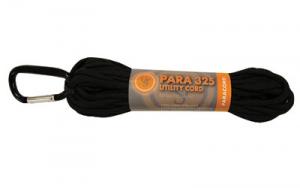
Cordage and Accessories for Survival and Outdoors
Long before celebrated Canadian bushcraft and survival expert Mors Kochanski dedicated a chapter of his famous book Northern Bushcraft to the topic of 'bindcraft' and before Dave Canterbury’s concept of five C’s of survivability became popular Stone Age hunter gatherers were creating cordage from the bark of willow and basswoods, grasses and animal skins.
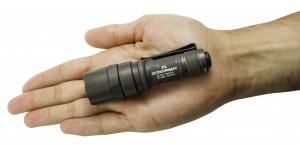
Light Your Way in a Survival Situation
Sometimes being prepared requires you to have a light on you at all times, too often people rely on their mobile phones to light their way if they need to find something or do anything in the dark. Not only are mobile phone batteries drained very quickly by using the torch but in an emergency your phone is probably better preserved for contacting other members of your party and making emergency calls.
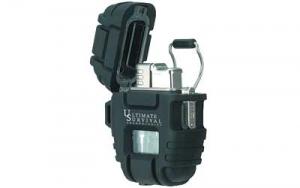
Fire Lighting Tips for Outdoor and Survival
Fire is one of your most vital resources in the outdoors, nothing else in the history of the human species has been quite as revolutionary as the discovery and harnessing of fire, and it is as vital now as it ever was. In the outdoors only our requirements for air and shelter ranks above our need for fire.
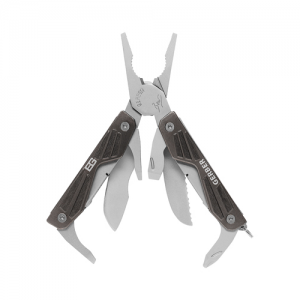
Always have the correct tool for the survival situation at hand
There are so many factors that are involved when we think and talk and read about "survival". We may think about being in the wilderness, or we may think about the jobs that some of us have in the world where use-of-force is regular and necessary, or we may think about civil unrest (a reality that is, sadly, growing more common in our country recently). And for each of these, there are various tasks and tools that come to mind as well ‑ everything from purifying water to binding a wound to defending against an attacker to staying warm and dry. What we all agree on is that surviving is serious business where the stakes couldn't be any higher and the price of failure couldn't be more severe.
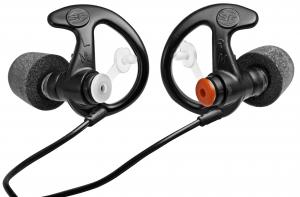
Protecting your hearing as you train is as important as the training itself
Is there anything more foolish than hurting yourself while training to protect yourself? Whether we get hurt in the weight room or while going for a run or while otherwise protecting our health and wellbeing, it feels (and arguably, in preventable cases, is) absurd to sustain an injury in the pursuit of health and safety.
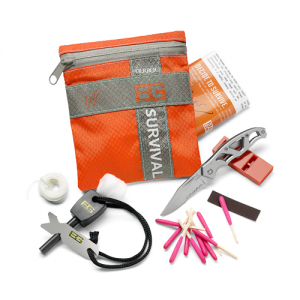
The Key is Always Preparation
With their specific Medical Components and their complete Medical Kits, DNA Tactical has the tools that you need to make sure that you come home safely from every environment and every encounter in your life. You will know that you have what you need on your belt, in your bag, or in your car to preserve both your life and the lives of those around you.

FIRE STARTERS
Many Anthropologists agree that three (3) of the most important and influential events in human history were, tool making, the invention of the wheel, and finally, the taming of fire. Of these, fire allowed our forbearers to illuminate the night, kept predators away, provided heat for comfort, and allowed them to cook food. It could be easily argued that fire is one of the cornerstones of civilization, culminating through thousands of generations in the ability to forge tools and by blending various metals, in creating stronger alloys. Fire (though seemingly archaic), is a vital part of modern life, whether applied to industrial plant(s), the boilers or incinerators in large buildings, or even the gas burning stoves in restaurants and homes, all require a flame.